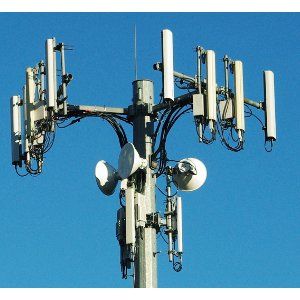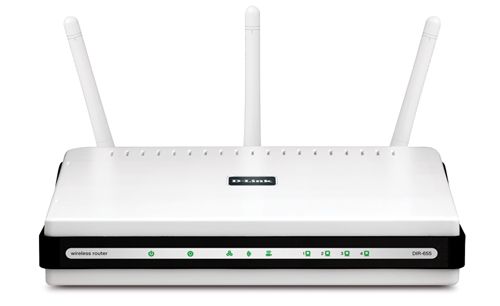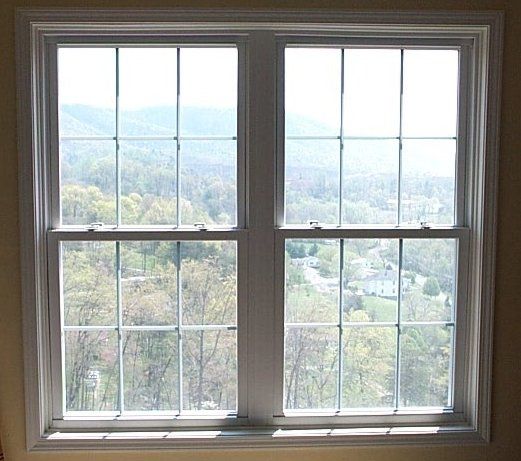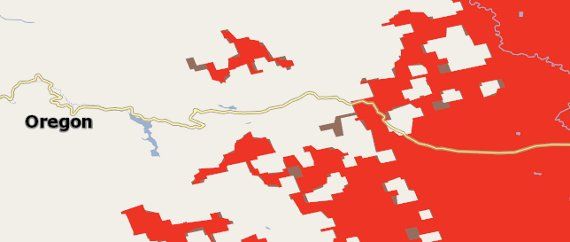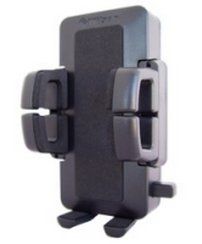<firstimage="https://www.makeuseof.com/wp-content/uploads/2011/07/androiddatathumb.jpg">
Mobile data service is ubiquitous in most major cities, making it unlikely that an Android user will ever go without seeing the 3G or 4G logo lit up on their device. There are still many places however, that don’t have access to mobile data – and unexpected interference can also disrupt your connection.
Your options for restoring data service are limited, as you’re ultimately reliant on your carrier’s coverage. There are however, a few tricks that can help.
Try Wi-Fi
Mobile data is built to cover wide areas, and it does that well. A single tower can provide coverage to hundreds of customers over tens of miles if placed in an area with few obstructions from buildings or terrain.
This broad focus does sometimes result in a lack of service in unusual areas, however. Fortunately, you don’t have to rely on the broad focus of mobile data at all times. Instead, you can try searching for a local open Wi-Fi network.
Most open Wi-Fi networks are provided by businesses and use a wired connection, which means they’ll provide fast and steady data service. A town that does not have data service may well have a McDonalds – and since most McDonalds offer free Wi-FI, the golden arches are all you need.
Of course, some caution should be used on open Wi-Fi, since it may be possible for a third party to monitor your online activity. Accessing sensitive data, like your bank account, isn’t recommended.
Try A Window
If you’re in an area that generally has excellent coverage and data service suddenly goes missing, the culprit is most likely interference. This often takes the form of a physical obstruction. Although the radio waves used for mobile data can penetrate most structures, certain structures can block signals entirely. My Thunderbolt often has difficulty maintain a strong data connection in a local warehouse store, for example.
When this occurs, one option is to simply move to an area of the building that does not cause interfere with your device. Windows are excellent because they do not interfere with data service and they’re easy to seek out, but any part of a building that’s constructed mostly of wood and plaster should be a prime spot for data service.
Find An Area With Coverage
There are times where you may find yourself without any options for data service. In some areas of the world, such as the Great Plains of the United States, this is unlikely. In more mountainous areas however, providing coverage is a challenge for carriers. Big, hulking pieces of stone are not a boon to wireless data.
Moving to an area with coverage is a “well, duh” solution. Actually doing it when you already lack data coverage is another matter. If you have no data coverage, you can’t access your carrier’s data coverage map. So how are you supposed to know where to go?
There are some apps that can provide data coverage information, such as Rootmetrics, but they suffer from one problem – they themselves require mobile data to function. A better idea is to download a coverage map from your provider and place it on your phone as a file. This may require some planning on your part, but the map will be accessible at any time.
Purchase A Signal Booster
For most people, finding data coverage is a matter of returning to an area where data coverage is strong. However, some users live in areas where data coverage is consistently poor. One apartment complex in my area is notorious for this. Although located near a major city, most of the complex is a mobile data dead zone.
In these situations a signal booster may help. Once connected to your phone, the signal booster will ideally improve your data connection by boosting the strength of your device’s cellular radio and adding a larger antenna.
Ideal is the key word. Although a booster can help, it can only do so much. The apartment complex with the dead zone would be a decent place to deploy a booster, since a signal is nearby but not quite accessible in that area. However, attaching a booster to your phone won’t help you obtain service at a vacation home nestled deep in the mountains. Price and bulk are also issues, as most signal boosters are both large and expensive.
Conclusion
Restoring data service usually isn’t easy. Wi-Fi is usually the easiest route and it’s thankfully becoming more widely available with each passing day. If no Wi-Fi is available, your options boil down to moving where data coverage is available or buying a signal booster, which may or may not improve your situation.
Let us know of your experiences with this situation in the comments below.

